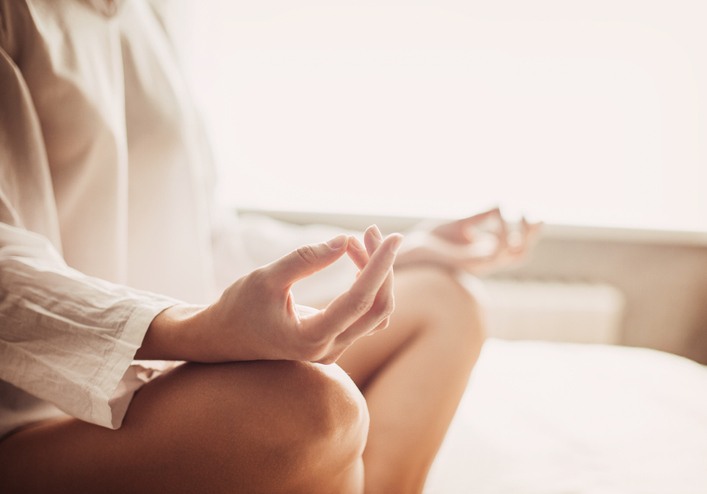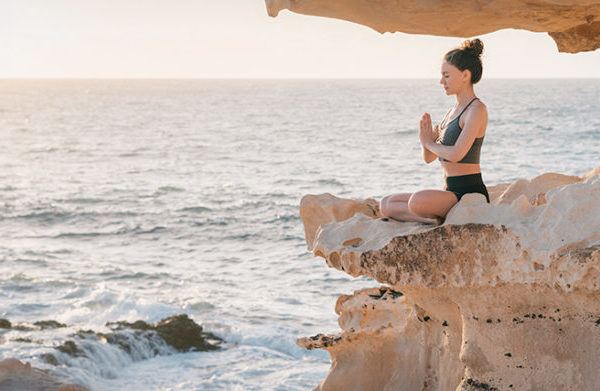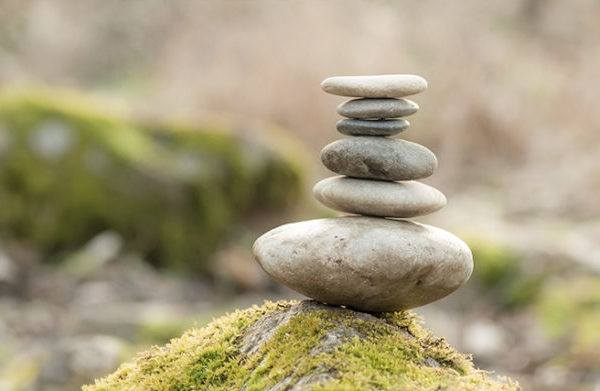
Meditation Techniques to achieve the inner balance
Philippa Harvey, our TCM Specialist, provides us the keys for a properly meditation.
At the clinic today, I had a patient with perfect blood test results come in. She was full of energy and chatty. As is normal practice for TCM (Traditional Chinese Medicine) diagnoses, I checked her pulse and examined her tongue. I looked at her and let her know what I thought – even though she came across as being full of energy, her body was exhausted. Upon hearing this, she sighed and relaxed her shoulders. We continued with a few questions about her health and her daily schedule. She’s a full-time working mum who loves her job, with two children and a loving husband. She lives in a city on the coast, eats very well and she does an hour and a half of meditation every morning before starting the “family” routine.
I asked her, “What do you do to relax? How do you switch your fast-track mind off, or at least slow down a bit? She looked at me and said, “Well, with meditation.”
What is this term, “meditation”, and why is it used as a cure-all for all of modern life’s imbalances? It’s not magic, and it doesn’t take away all of life’s problems. Meditation can’t guarantee we get to work without getting annoyed with the traffic, nor will it ensure that we’ll be successful in all of our projects. Meditation when it’s done as a “must do” doesn’t magically make you full of energy.
Meditation should be something that gives us a way to see things from a calmer perspective. It can help us bring a sensation of peace and happiness into ourselves. Practice builds up our resilience to life’s trials and tribulations as we become more aware of ourselves. We can observe how different things affect us in different ways, and how we have learned to deal with life’s challenges. Just as we all have different personalities and traits, there are also many ways of practicing meditation. It’s important that we find a technique that suits us and our likes. Guided meditation, thanks to the internet, is a great introduction to seeing what methods you like best.
There are several traditions in meditation. For example, the Taoist forms of meditation are generally divided into three areas: insightfulness, visualisation and concentration. Mindfulness, on the other hand, is more of a Buddhist tradition, and focuses on observing your breath and being aware of what you’re doing at any given time.
A few examples of the many types of meditation are:
- Breathing meditation: focus on the Qi or Chi energy by uniting your mind and your breathing.
- Empty mind mediation: where you clear the mind of feelings and thoughts.
- Visualisation: This can either be situational or a way of perceiving your body in relation to greater life forces.
Should meditation be done seated or not? This is a question that often comes up. There is no rule here; again, this should be what suits us personally.
How often should you meditate? This is another common question. Research says that if you practice at least 20 minutes a day you’ll feel the benefits. But this is where I’d like to step in and give my personal opinion. It’s why and how you meditate that’s beneficial, not for how long you do it for. Let’s go back to my patient. She jumps out of bed thinking of her full to-do list for the day, going from the slow mindset of sleep to full-on activation. Then, right away it’s time to meditate. Meditation needs a lot of real practice and dedication. I suggested that she perhaps try some meditation outside by the sea, maybe after dropping her kids off and before starting work.
We can also meditate after work to unwind. We should always try and find a little extra time for ourselves and meditate to check in with our bodies, mind and soul when we feel overwhelmed or stressed. People may say that you shouldn’t meditate before bed, but again, if this fits into your lifestyle (and won’t simply make you fall asleep) then this it’s fine.
How do YOU meditate? Even in small doses, meditation reminds the body and soul that sometimes, the best thing to do is simply to let it be. So find a method, time and technique that above all brings you joy. There’s no right or wrong way; you can practice anywhere and at any time. If your mind wanders, just bring it back. Maybe my patient could have her 20 minutes of mindfulness as she’s making breakfast for her family.





